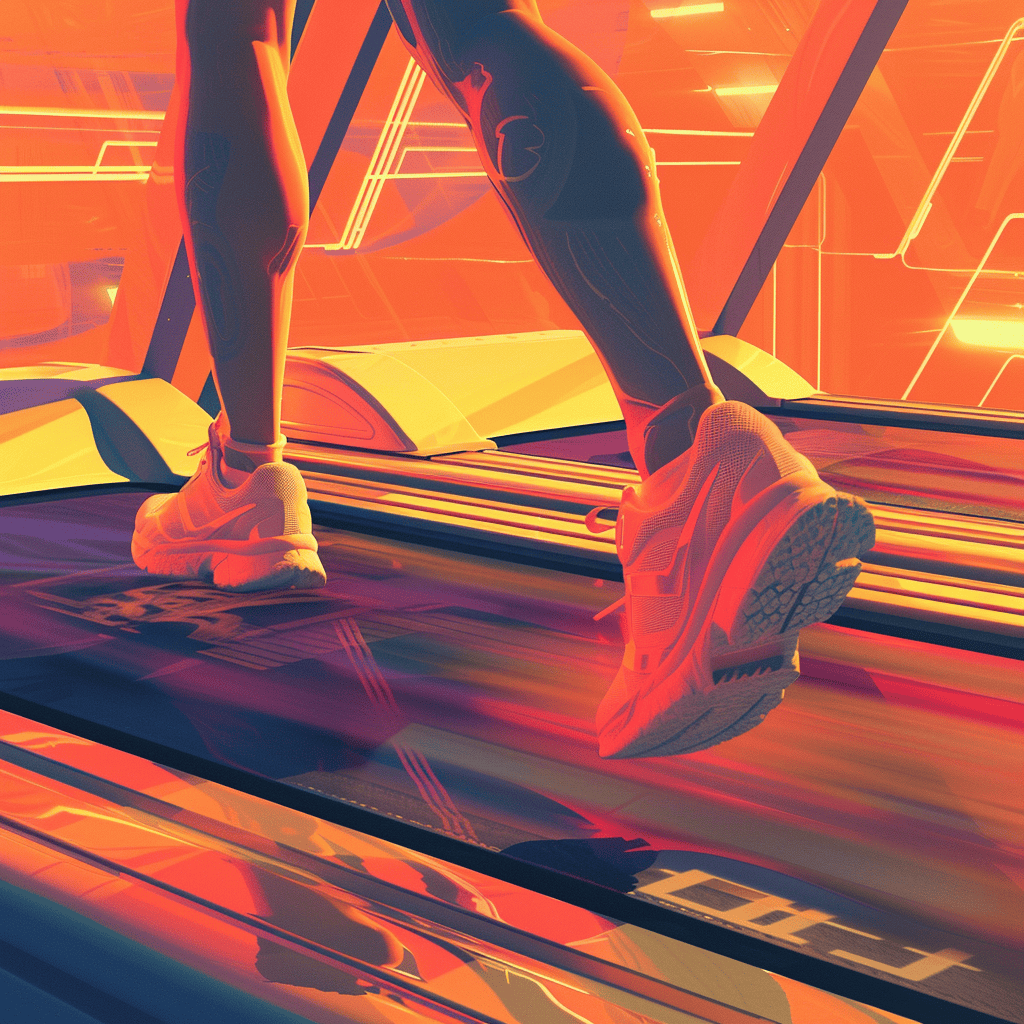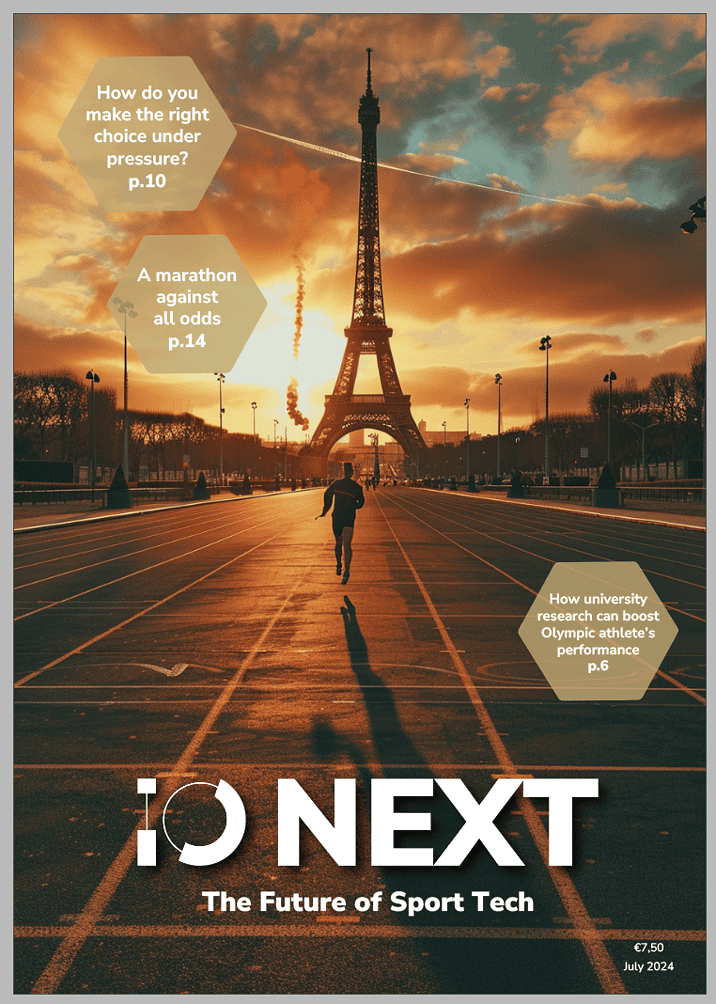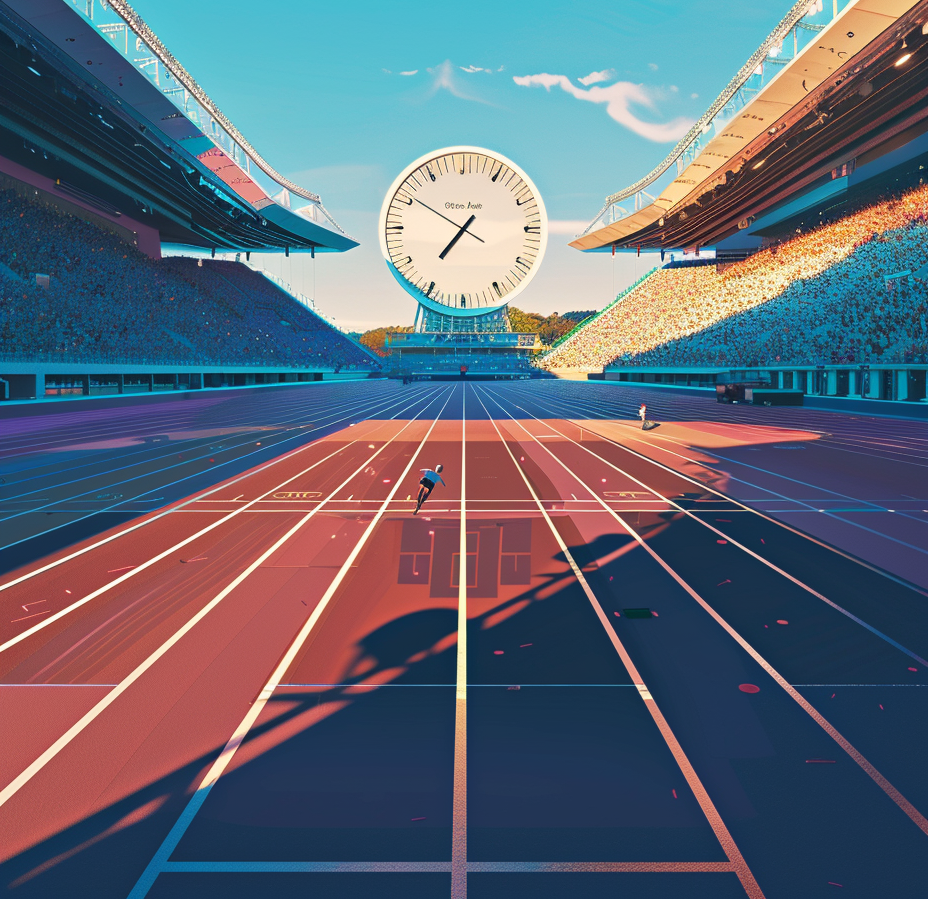
Injuries are a harsh reality for amateur athletes, professional soccer players, and athletes. That is until biomechanics comes around the corner. Biomechanics is the study of mechanical aspects of living organisms, particularly the forces and movements in the human body. It combines physics and mechanical engineering principles to understand how muscles, bones, tendons, and ligaments work together to move.
Predicting joint loading
Innovation promises fewer injuries for millions of Dutch runners and athletes. Maastricht researchers recently proved that intelligent, instrumental insoles can accurately measure and predict joint load. Based on artificial intelligence, this technology detects variations in running speed, incline, and step frequency. The insoles provide real-time feedback, helping runners and athletes reduce their risk of injury.
The soles are only 2 millimeters thick and contain sensors that measure forces on the runner’s body. These forces predict common sports injuries. AI processes the collected data from these sensors to calculate loads on the patellofemoral joints, tibia,, and Achilles tendon. The algorithm learns from the input and can accurately assess tissue effort during running.
There’s something about sport. And so here is a magazine full of technology and sport for you. For ‘IO Next: The Future of Sport Tech’ our team delved into innovations for professionals and amateur athletes.

Researchers had 19 runners run on a treadmill at 5 different speeds, 4 inclines, and with different step frequencies while wearing the soles. The data was used as input to an AI algorithm, which was then trained to predict stress on the Achilles tendon, among other things.
The results of the study, published in “Medicine & Science in Sports & Exercise,” indicate that this new technology has a relative margin of error of only a few percent. This is a significant improvement over simple pedometers or methods that assume a constant load without regard to speed or incline. Smart insoles can thus provide an essential feedback mechanism for runners to adjust their running style and reduce the risk of injury.
Smarter, more accurate, more innovative
Bas van Hooren, PhD at Maastricht University, was closely involved in the research. “We showed that commercially available insoles can predict running injuries with variable but very high relative accuracy. The insoles work better than methods that only measure the number of steps or assume a fixed load per speed or incline.”
Smart insoles are already being put to practical use by former Gerard & Anton Award-winner ARION.run (‘ATO-gear’ back then). By using movement data and greater insight into local fatigue and injury resistance of athletes and soccer players, the insoles can increase athlete availability by 30% and performance by 10%. The system provides real-time insights into biomechanical load and fatigue, which helps coaches adjust training and improve player performance.

The human factor
ARION insoles are just one example of how technological advances can transform the sports world. They make it possible to monitor and adjust the load in an impossible way. The runner’s comfort is paramount; the technology is incorporated into the orthotics and thus is not a nuisance while running. The ultimate goal is for the runner to see whether his body is overloaded on his sports watch during exercise.
With such a breakthrough in sports science, the running community is on the verge of a revolution in training and health. This research shows that technological innovation is aimed not only at improving physical performance but also at preventing injury. This fits into a broader trend of “smart” sports accessories that focus on the health and well-being of the user. The potential impact is significant, given that half of runners experience injuries. This study, conducted in 2024, shows the valuable contribution of intelligent technology to the sports world.

